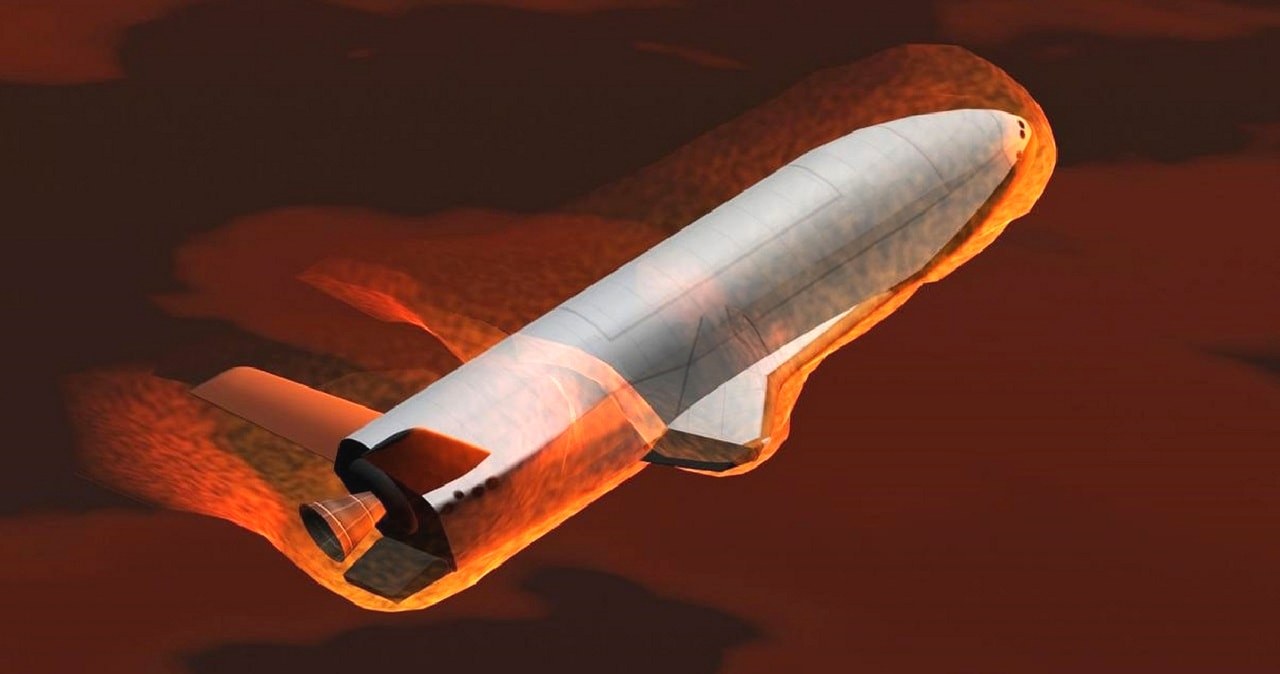
While the rest of the world debates whether pineapple belongs on pizza, Asia has been quietly winning a contest nobody wants to claim victory in – dominating the list of the world’s most polluted cities!
Recent findings reveal that 19 out of the top 20 most polluted urban areas globally are located in Asia, painting a rather grim picture of the continent’s air quality situation that makes even the foggiest London morning seem like a breath of fresh air.
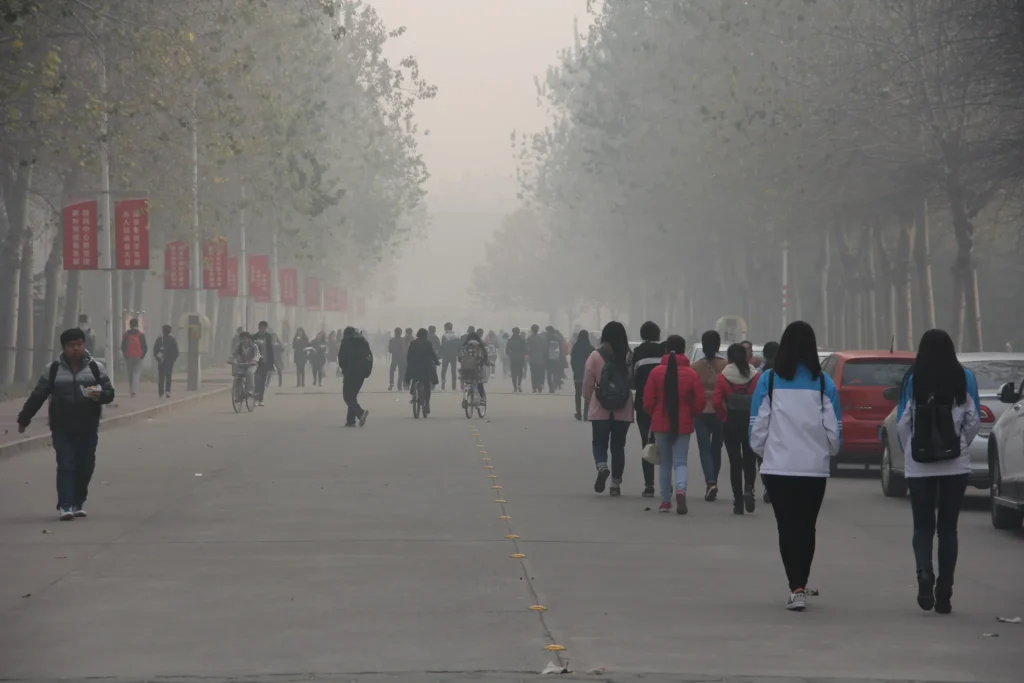 Anyang, China, severe air pollution; Photo- V.T. Polywoda | Flickr
Anyang, China, severe air pollution; Photo- V.T. Polywoda | FlickrMost Polluted Cities in the World
The latest comprehensive study by IQAir, a Swiss environmental monitoring company, has delivered sobering news about global air quality patterns.
Their research focused specifically on PM2.5 particles – microscopic pollutants so small they make dust mites look enormous.
These particles, measuring just one-twentieth the width of a human hair, represent one of the most insidious threats to human health in modern urban environments.
India emerges as the undisputed heavyweight champion in this unfortunate competition, claiming 13 spots on the infamous top 20 list, CNN reported.
Here is a table listing the 20 most polluted cities in the world in 2024 based on PM2.5 concentration, according to the IQAir report:
| 1 | N’Djamena | Chad |
| 2 | Byrnihat | India |
| 3 | Lahore | Pakistan |
| 4 | Hotan | China |
| 5 | Bhiwadi | India |
| 6 | Guwahati | India |
| 7 | Delhi (Capital) | India |
| 8 | Loni | India |
| 9 | Faridabad | India |
| 10 | Noida | India |
| 11 | Greater Noida | India |
| 12 | Gurugram | India |
| 13 | Patna | India |
| 14 | Muzaffarpur | India |
| 15 | Peshawar | Pakistan |
| 16 | Rawalpindi | Pakistan |
| 17 | Karachi | Pakistan |
| 18 | Dhaka | Bangladesh |
| 19 | Almaty | Kazakhstan |
| 20 | Muzzafarnagar | India |
Note: Specific PM2.5 values for each city may vary, but all listed cities exceeded the WHO’s annual PM2.5 guideline of 5 µg/mł by over tenfold.
Countries on the list
India’s rapid economic expansion, fueled predominantly by coal-powered industries and characterised by sprawling megacities choked with traffic, has created a perfect storm for air pollution.
Pakistan follows with four cities making the list, while China and Kazakhstan each contribute one city to this ranking.
The sole representative from outside Asia is N’Djamena, Chad’s capital city in central Africa, which holds the distinction of being situated in the country with the world’s worst overall air pollution levels.
This geographic concentration of pollution hotspots in Asia reflects broader patterns of industrialisation, urbanisation, and energy consumption that have transformed the continent’s environmental landscape over recent decades.
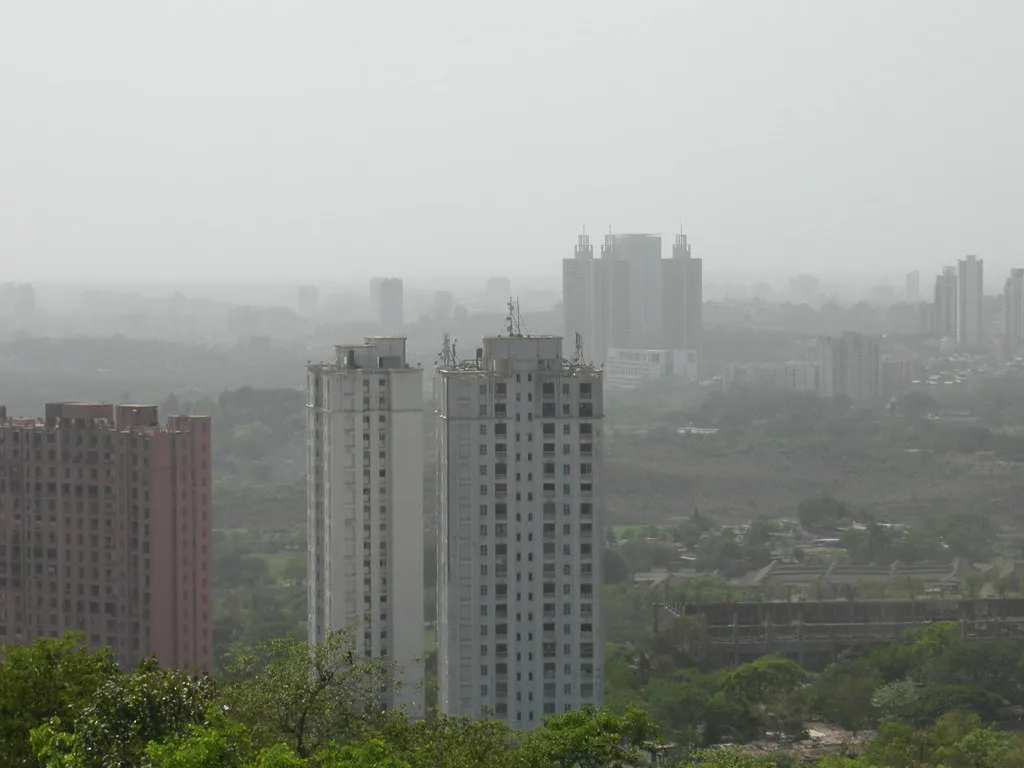 Mumbai Smog; Photo- Tom Cunniff | Flickr
Mumbai Smog; Photo- Tom Cunniff | FlickrIndia’s Pollution Dominance
Byrnihat, a city in Meghalaya, surprisingly claimed the unwanted title of world’s most polluted city with PM2.5 concentrations reaching 128.2 micrograms per cubic meter – a staggering figure that exceeds World Health Organisation safety guidelines by more than 25 times.
A 26-year-old Suman Momin describes her hometown’s transformation with palpable frustration, attributing the deteriorating air quality to proliferating factories, aggressive construction activities, and widespread deforestation.
Her daily routine now includes mandatory mask-wearing, burning eyes, and constant awareness of visibility-reducing dust clouds that blanket her community of approximately 70,000 residents.
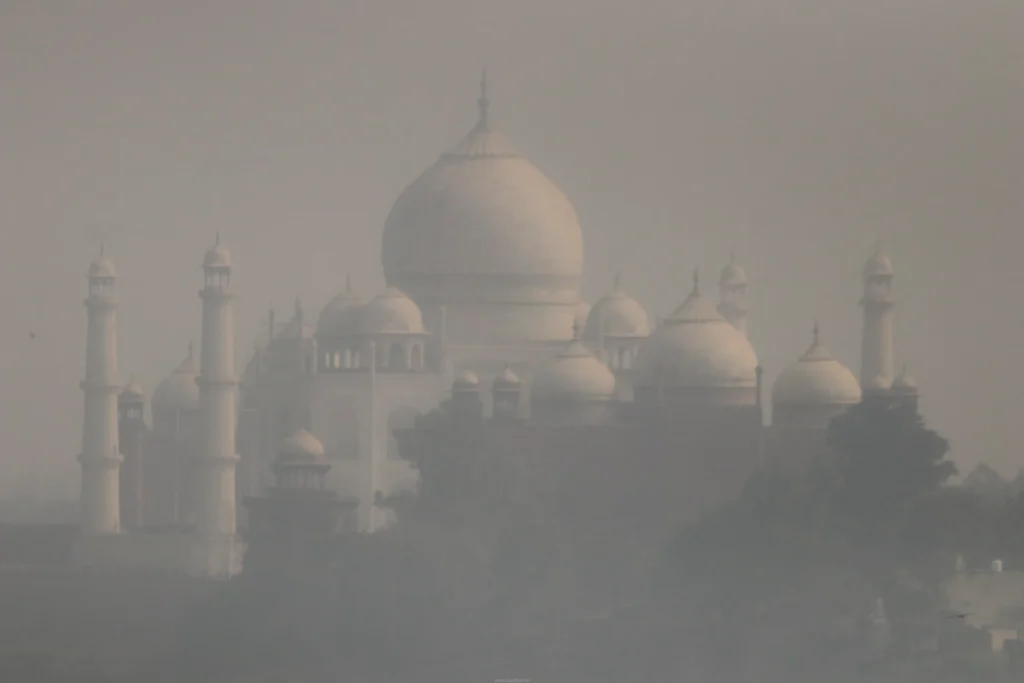 Photo- Buiobuione | Wikimedia Commons
Photo- Buiobuione | Wikimedia CommonsDelhi’s Pollution
New Delhi, India’s bustling capital, maintained its unfortunate streak as the world’s most polluted capital city for the sixth consecutive year. It recorded PM2.5 levels of 91.8 micrograms per cubic meter.
The metropolitan area’s pollution problem extends beyond the city proper, with six satellite communities – Faridabad, Loni, Delhi, Gurugram, Noida, and Greater Noida – also earning spots on the global top 20 list.
Last November provided a stark illustration of Delhi’s air quality crisis when thick, throat-burning smog descended upon the city, disrupting air travel, obscuring buildings from view, and prompting local authorities to declare a medical emergency.
Despite India’s overall ranking improvement from third to fifth place globally, the health implications remain severe. Air pollution continues to reduce life expectancy by an estimated 5.2 years for Indian citizens, representing one of the most significant public health challenges facing the world’s most populous nation, with its 1.4 billion inhabitants.
Bangladesh and Pakistan, India’s neighbouring countries with combined populations approaching 400 million people, secured second and third positions, respectively, in national pollution rankings.
 Delhi Airport Thick Fog; Photo- seaview99 | Flickr
Delhi Airport Thick Fog; Photo- seaview99 | FlickrChina’s Progress
China presents a more complex narrative in global pollution trends. Once the undisputed leader in air quality degradation, the country has demonstrated modest improvements, with national PM2.5 concentrations decreasing from 32.5 to 31 micrograms per cubic meter.
Major metropolitan areas, including Beijing, Shanghai, Chengdu, Guangzhou, and Shenzhen, have all recorded measurable air quality improvements.
These positive developments reflect China’s concerted efforts to combat air pollution through aggressive policy interventions and massive investments in renewable energy infrastructure, particularly solar and wind power installations.
 A hazy day in Beijing; Photo- World Bank Photo Collection | Flickr
A hazy day in Beijing; Photo- World Bank Photo Collection | FlickrHealth Crisis
The health consequences of PM2.5 exposure extend far beyond immediate respiratory irritation. These microscopic particles can penetrate the body’s natural defence mechanisms.
Long-term exposure has been scientifically linked to respiratory diseases, chronic kidney problems, cardiovascular complications, stroke, cancer, and even mental health issues, including depression and anxiety disorders.
All 20 cities featured on the most polluted list exceeded WHO safety guidelines by factors greater than 10, underscoring the magnitude of the global air quality crisis.
Data Collection Challenges
Frank Hammes, IQAir’s Global CEO, emphasises that air pollution represents a critical threat to human health and environmental stability, yet vast populations remain unaware of their actual exposure levels.
This knowledge gap is exacerbated by insufficient monitoring infrastructure, particularly in developing regions where pollution levels tend to be highest.
Data collection challenges significantly hamper comprehensive pollution assessment efforts. Iran and Afghanistan were excluded from this year’s analysis due to inadequate data availability, while Southeast Asian countries demonstrate substantial gaps in government-led monitoring initiatives.
Cambodia lacks any government monitoring stations whatsoever, and 173 out of 392 regional cities operate without proper air quality measurement systems.
 Industrialisation of Afghanistan; Photo- philmofresh | Wikimedia Commons
Industrialisation of Afghanistan; Photo- philmofresh | Wikimedia CommonsSuccess Stories
North American cities fared considerably better in global comparisons, though California communities, including Ontario, Bloomington, and Huntington Park, recorded the continent’s worst air quality levels.
The United States achieved significant overall improvement, with PM2.5 concentrations dropping 22 per cent compared to previous year measurements.
Only 17 per cent of the 8,954 cities analysed globally met WHO air quality standards, highlighting the widespread nature of pollution challenges.
12 countries, regions, and territories achieved compliance with international guidelines, primarily located in the Latin America, Caribbean, and Oceania regions.
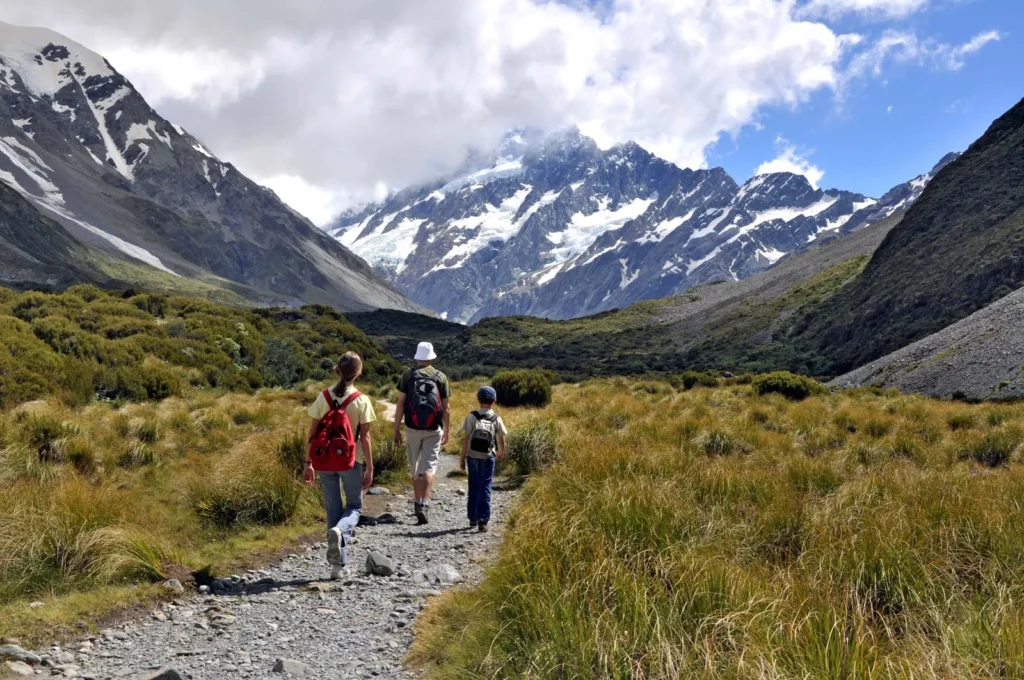 New Zealand, a Country in Oceania; Photo- Britannica
New Zealand, a Country in Oceania; Photo- BritannicaBottom Line
The stark reality revealed by this pollution data serves as a wake-up call for policymakers, urban planners, and citizens worldwide. While Asia currently bears the heaviest burden of air pollution, the health implications extend far beyond regional boundaries, affecting global climate patterns, migration trends, and international health security.
Perhaps it’s time for the world to start treating clean air not as a luxury, but as the fundamental human right it should be – after all, breathing shouldn’t require a user manual or protective equipment!
Stay tuned with us. Further, follow us on social media for the latest updates.
Join us on Telegram Group for the Latest Aviation Updates. Subsequently, follow us on Google News
Cleanest Countries in the World in 2025, No.5 Will Surprise You
The post Most Polluted Cities in the World, 19 Out of 20 in One Continent appeared first on Aviation A2Z.







